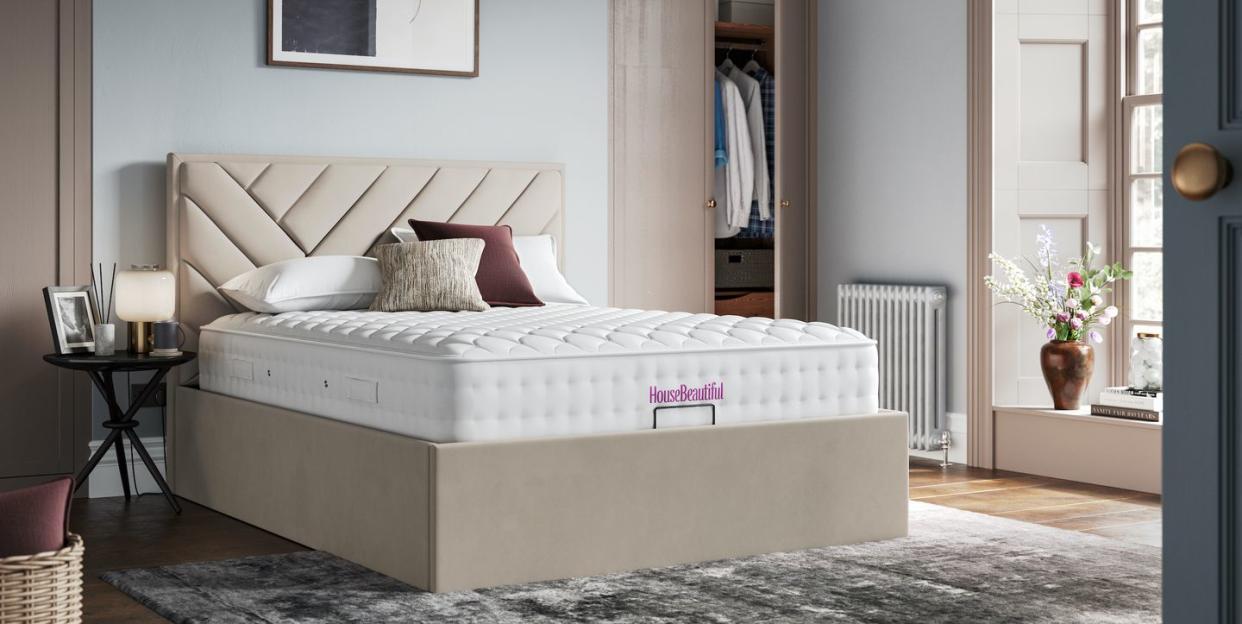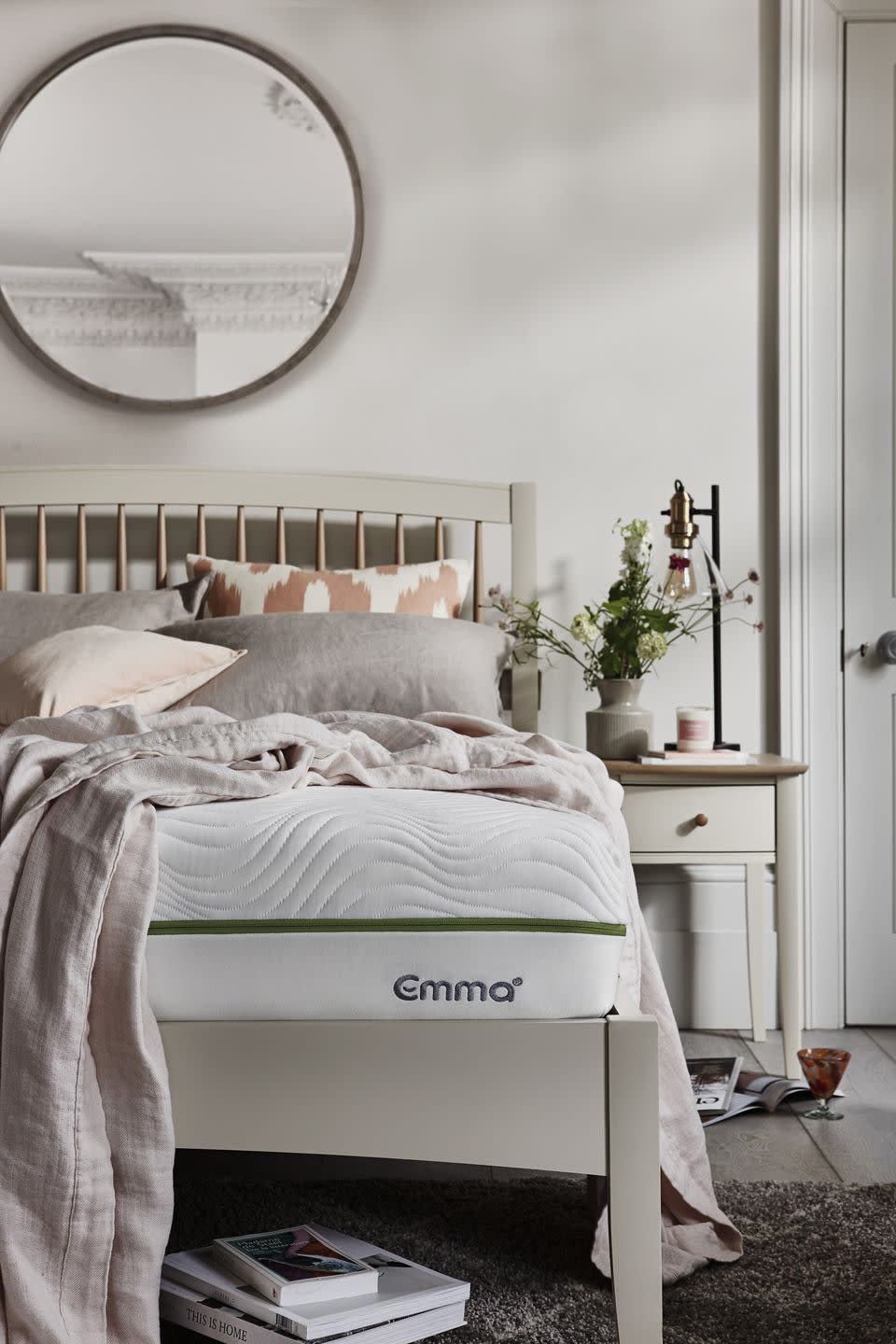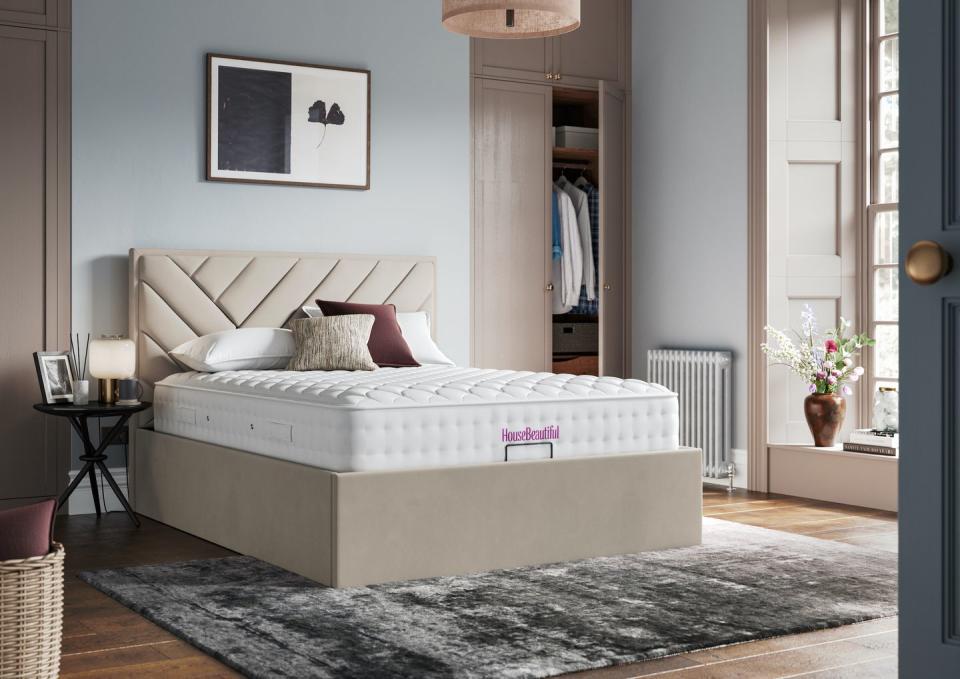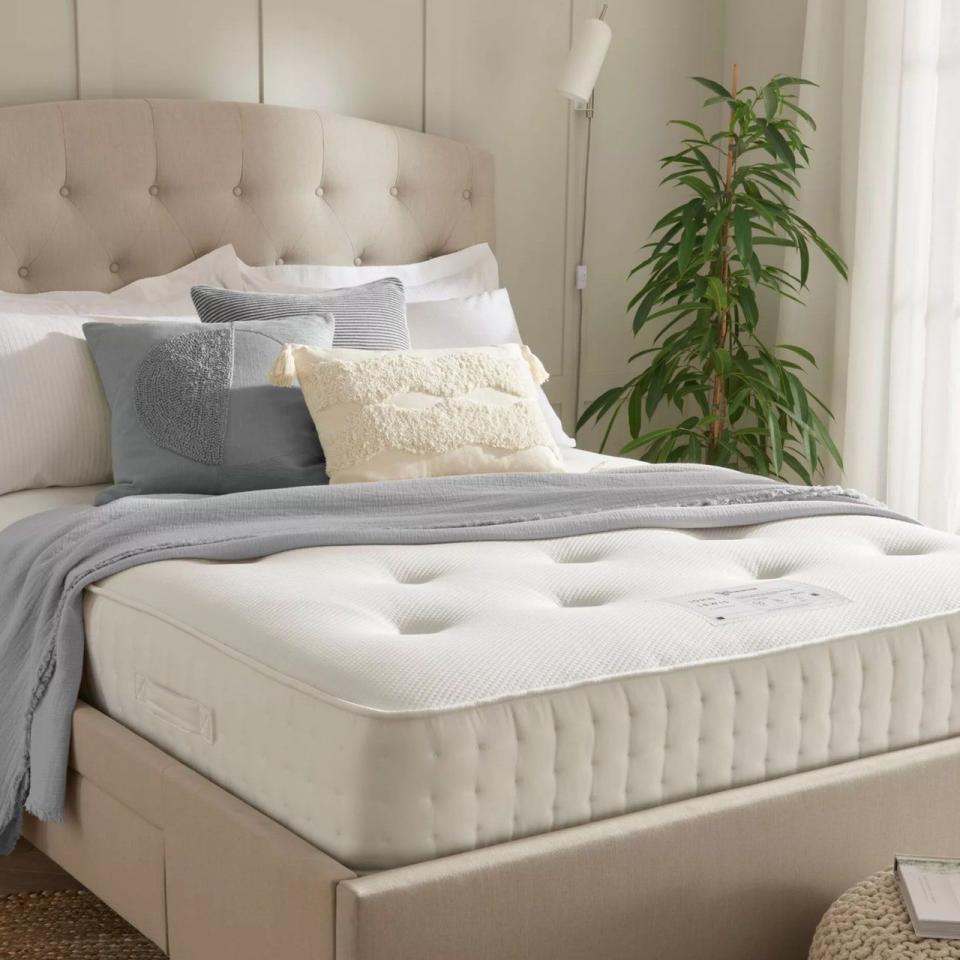How to choose a mattress

Upgrading an old, damaged or uncomfortable mattress? The right mattress is essential for a restful night's sleep, and when it comes to buying a new one, there are some key things you need to consider before making your purchase.
Choosing the right mattress is the difference between a blissful night’s sleep or an unsettled one. 'With more of us increasingly spending a large proportion of our time in bed, relaxing, unwinding or taking on bed-bound activities, it’s never been more important to find the right mattress, suitable to your own unique preferences and requirements,' says Dr Pixie McKenna.
These questions will help you decide if it's time to buy a new mattress:
• Is your mattress more than 10 years old?
• Do you wake up with back or neck pain?
• Can you feel the springs when you're lying down?
• Is the bed base uneven or sagging?
If you answered yes to any of the above, you should start looking for a replacement.

• Choose the biggest bed you can afford (and that will fit into your bedroom). Ideally, for two people to sleep in comfort choose either king size (150cm x 200cm) or super king (180 x 200cm).
• Spend as much time as possible trying out different beds before you buy. Don't be afraid to kick off your shoes and lay on the bed in the showroom.
• When laying on your side, your spine should be straight with your hip and shoulder slightly sunk into the mattress. Your waist should be lightly supported.
• While lying on your back, you should be able to just about slide a hand in the space between the hollow of your back and the bed. If the space is bigger than this, then the mattress may be too firm. If there is no gap, the bed is too soft.
• In general, firm beds give better support to heavier individuals, while soft ones suit lighter individuals. Partners with a weight difference of three stone or greater should consider separate mattresses that link together (see zip & link mattresses below).
• Avoid buying a new mattress for an old divan base. A worn out base will affect the support and comfort provided by your new mattress.
Open coil
This type of structure is also known as continuous coil. Rows of wire springs are connected to one another along the length and width of the mattress. This more basic construction method comes at budget to mid-range prices.
Pocket sprung
In this case, the rows of wire springs are held in individual fabric pockets. They're not linked together and this provides individual bodyweight support, particularly important, for instance, when a couple share a bed and one partner is heavier than the other. This kind of mattress ranges in price from mid to top level.

Polyurethane foam
This is a low-cost option made of a synthetic plastic. The foam can vary in density but is lightweight and easy to move.
Latex
A good option for allergy sufferers, this natural material is made from the sap of a rubber tree. It's durable and keeps its shape well. It comes at the mid to high price range.
Memory foam
Originally developed by NASA, memory foam is a type of polyurethane foam that moulds to the shape of the body, offering exceptional support and relieving the pressure on your joints. Memory foam can be quite warm. Prices range from mid to top level.
TIP: Various materials can be used to cover the springs at the heart of an open coil or pocket sprung mattress, such as polyester, foam, wool, cotton, hair, coir fibre, silk, cashmere or mohair. The quality of the materials will affect the price as well as the levels of comfort and durability. Foam mattresses can also be constructed in layers to combine the best qualities of each type and density of foam.
Mattress in a box
The mattress, placed in a protective bag, is flattened in a compression machine then vacuum- and heat-sealed. It is then rolled using a tumbler and sealed again. You get the same quality and benefits you would expect from other mattresses, just in a more practical, portable form. Once unwrapped, they regain their shape within a couple of hours.
Gel foam
A viscoelastic foam mixed with gel beads, these mattresses combine gel foam with a sprung or foam base ensuring that, whatever the temperature is, you’ll always enjoy a good sleep and you won't get too hot or too cold.
Zip & Link
An advanced and customisable mattress choice, zip & link mattresses allow for different levels of comfort within one bed and mattress. It is essentially made up of two mattresses that can be joined into one. It's ideal if you want one side soft and the other much firmer, and with zips along one side, each mattress can be joined or separated from the other as and when you see fit.

A good mattress should last eight years with minimal upkeep, but there are a few easy ways to take better care of your mattress and help to maintain its integrity. The experts at And So To Bed recommend the following:
Air out your mattress. Pull back the bed linen to give the mattress the chance to breathe and for moisture to evaporate. This is recommended as moisture can get trapped between the mattress and the linen causing discolouration and odours.
Invest in a good mattress protector. When it comes to keeping your mattress cleaner and fresher for longer, prevention is better than intervention. Mattresses are not the easiest thing to clean so it is advisable to use a mattress topper that can be popped in the washing machine.
Be cautious with cleaning. It seems logical to vacuum dust and fluff from your mattress but the powerful suction of a vacuum cleaner can cause the filling to become dislodged which can lead to bumps and dips.
Flip or rotate as required. Double-sided mattresses should be flipped once a month. Single sided mattresses, such as those with a memory foam top layer, should be rotated head to toe once a month. For natural fibre mattresses it is recommended that you turn your mattress over every few months.
You Might Also Like



